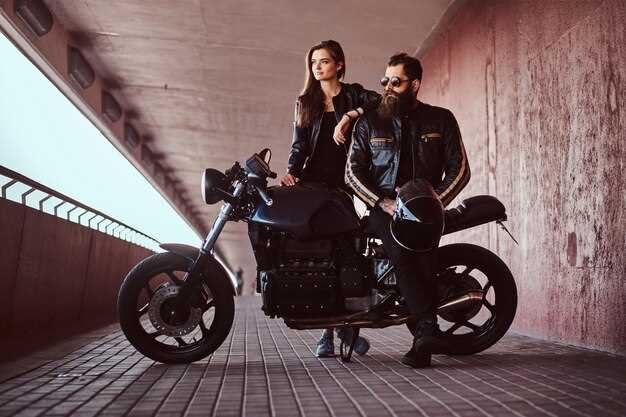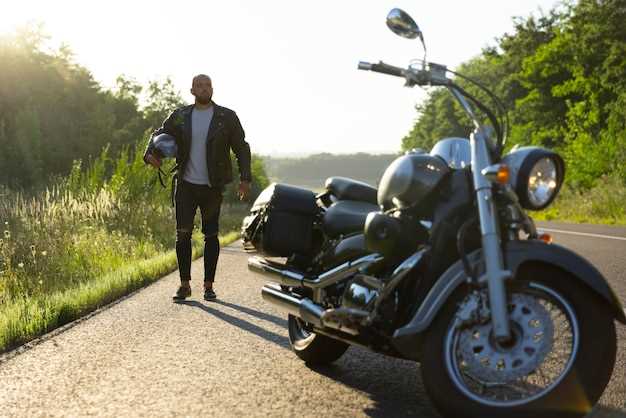
The rivalry between Harley-Davidson and Indian Motorcycle marks a significant chapter in the history of American motorcycling. Both brands have cultivated a rich heritage, attracting a loyal fan base, and embodying the spirit of freedom and adventure. As we embark on a detailed comparison, we will delve into their unique characteristics, performance attributes, and their cultural impact.
Founded in the early 20th century, Harley-Davidson is often seen as the quintessential American motorcycle brand, synonymous with cruisers and touring bikes. In contrast, Indian has carved out its own niche, known for its distinctive styling and powerful performance. With both brands offering a range of models, understanding the nuances of what makes each brand unique is essential for motorcycle enthusiasts and potential buyers alike.
This article will provide an in-depth analysis of both motorcycles, focusing on aspects such as design philosophy, technological advancements, and riding experiences. By examining these elements, we aim to highlight not just the differences, but also the shared values that connect Harley and Indian as iconic symbols of American motorcycling culture.
Performance Specifications: A Detailed Comparison

When it comes to performance specifications, both Harley-Davidson and Indian Motorcycles offer a range of models with varying capabilities, making direct comparisons essential for potential buyers.
Harley-Davidson models typically feature V-twin engines, renowned for their distinctive sound and torque delivery. For instance, the Milwaukee-Eight engine provides a substantial torque output, with many models delivering over 100 lb-ft at low RPMs. This characteristic enhances acceleration and makes cruising at lower speeds an enjoyable experience.
On the other hand, Indian Motorcycles, particularly the Thunder Stroke series, boast similar V-twin configurations. The Indian Challenger’s PowerPlus engine, for example, delivers impressive power with a peak output of 122 horsepower and a torque figure of 128 lb-ft, emphasizing smooth acceleration and stability at higher speeds.
In terms of transmission, Harley-Davidson predominantly features a 6-speed manual, allowing for a classic riding experience with robust engagement. Indian Motorcycles also utilize a 6-speed setup, often complemented by advanced electronic aids for a smoother ride. This inclusion of technology is particularly evident in models like the Indian Roadmaster, which offers ride modes to accommodate various riding styles.
Handling characteristics also separate these two brands. Harley-Davidson bikes typically have a longer wheelbase, which enhances stability on highways yet can make them less agile in tight turns. Indian Motorcycles, especially models designed for sport touring, often highlight a shorter wheelbase, resulting in sharper handling and enhanced maneuverability on winding roads.
Braking systems are another crucial aspect of performance. Harley-Davidson recently incorporated advanced anti-lock braking systems (ABS) across most of its lineup, enhancing safety features without compromising performance. Indian, too, offers ABS as a standard feature, with additional electronic stability control in select models, contributing to overall rider confidence.
Ultimately, the choice between Harley-Davidson and Indian Motorcycles hinges on individual performance preferences. While Harley delivers a classic performance vibe with torque-rich engines, Indian motorcycles showcase modern engineering for power and handling, making them formidable competitors in the performance motorcycle arena.
Customization Options: What Each Brand Offers
Both Harley-Davidson and Indian Motorcycles offer extensive customization options, allowing riders to personalize their bikes according to their preferences and style. Here’s a detailed comparison of what each brand brings to the table.
Harley-Davidson Customization Options
Harley-Davidson is renowned for its endless customization potential, often referred to as “The Original Custom Motorcycle.” Here are some key features:
- Genuine Parts and Accessories: Harley offers a wide range of OEM parts designed specifically for each model, ensuring fit and quality.
- Aftermarket Support: The brand is backed by a robust aftermarket industry, providing countless options from various manufacturers.
- Custom Paint and Graphics: Riders can select from various color combinations and graphics packages to achieve a unique look.
- Performance Upgrades: Options include improved exhaust systems, engine kits, and suspension modifications to enhance both aesthetics and performance.
- Seat and Handlebar Configurations: Custom seats tailored for comfort and diverse handlebars can be chosen to fit rider preferences.
Indian Motorcycles Customization Options
Indian Motorcycles also provides various customization opportunities, emphasizing both style and functionality:
- Accessory Range: Indian offers a selection of genuine accessories designed specifically for each model, focusing on durability and style.
- Paint and Finish Options: Various paint choices and finishes allow for significant personalization on each motorcycle.
- Performance Enhancements: Riders can choose from a selection of performance parts, including upgraded exhaust and engine tuning kits.
- Comfort Features: Options for comfort customization, including different seat designs, passenger accommodations, and ergonomic handlebars.
- Lighting and Technology: Customization options extend to advanced lighting solutions and tech upgrades including audio systems.
Conclusion

In conclusion, customization options from Harley-Davidson and Indian Motorcycles cater to diverse rider preferences, focusing on performance, aesthetics, and comfort. Whether opting for Harley’s vast aftermarket support or Indian’s stylish accessory range, riders can ensure that their motorcycle reflects their individuality and riding style.
Pricing and Value: Analyzing Cost vs. Features
When considering the purchase of a motorcycle, potential buyers often focus on the balance between pricing and features offered by brands like Harley-Davidson and Indian Motorcycles. Harley-Davidson motorcycles are traditionally perceived as premium products, often carrying a higher price tag that reflects their long heritage, design, and brand status. The average price range for new Harley-Davidson models can span from approximately $7,000 for entry-level bikes to well above $45,000 for custom or limited-edition models.
On the other hand, Indian Motorcycles typically position themselves as slightly more affordable without sacrificing quality. Their pricing generally ranges between $9,000 and $22,000, which appeals to a wider audience while still providing a strong performance and premium features. Both brands emphasize quality craftsmanship, but Harley-Davidson often bolsters their price through a strong brand following and extensive customization options.
Feature-wise, Harley-Davidson bikes tend to offer an array of personalization choices, advanced technology integration, and a rich selection of performance parts. This extensive customization capability allows riders to tailor their motorcycles to their specific preferences, which can justify the higher cost for many consumers. Conversely, Indian Motorcycles focus on modern engineering and performance, often boasting state-of-the-art technology and superior handling without the extensive customization options available from Harley-Davidson.
Ultimately, the decision between Harley-Davidson and Indian Motorcycles comes down to individual preferences and priorities. Esteem and customization possibilities might tilt buyers toward Harley-Davidson, while value and modern features may sway others toward Indian. Weighing the features against the costs involved in each option is crucial for informed decision-making in the competitive motorcycle market.




